Sub Sinks Ship, Ships Sink Sub
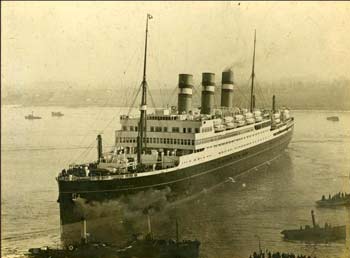
The 776-foot-long SS Statendam was a passenger/freight carrier before it became the troopship SS Justicia. Credit:Holland America Line
Of the many skirmishes between U-boats and Allied ships, one stands out as an ironic encounter. The new cruise ship SS Statendam of the Holland America Line was launched in the summer of 1914 in Belfast, Ireland. Some called it the “Mini Titanic,” with its spacious promenade deck, elegant stacks and luxurious interior design. But tourists never experienced its splendor, giving it up when the British government acquisitioned it for a troopship. The government turned maritime operations over to the White Star Line which used a crew from the Britannic, sister ship to the Titanic. Most of the crew survived when the Britannic sank after striking a mine in the Aegean Sea.
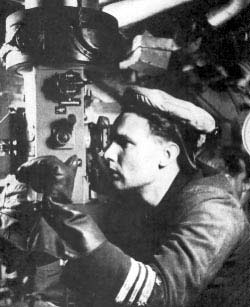
Two German U-boats tracked and sank the 32,234-ton troopship. Credit: German Tourist Bureau
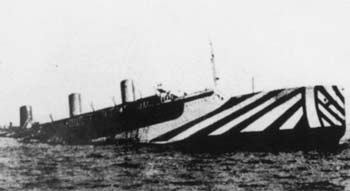
It took six torpedoes from two different U-boats to sink the SS Justicia. Note the camouflage on vessel. Credit: National Archives
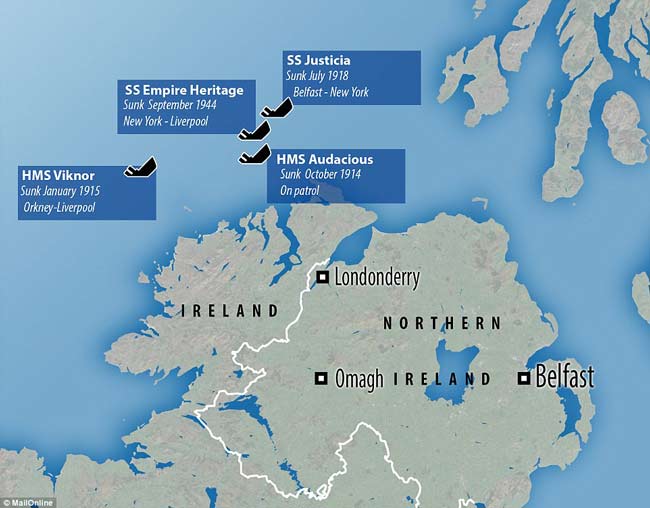
Map shows location of the SS Justicia along with other shipwrecks in the area. Credit: U.S., Navy
In conclusion, there’s an ironic twist to the story. The enemy’s submarines sank a British ship and in turn, lost one of theirs. But who got the best of the battle? The Germans thought they did, by knocking out a troop carrier and one that would have dominated the Trans-Atlantic Passenger trade in peacetime. On the other hand, if the submarine continued to sail, it could have added many more ships to its kill list.
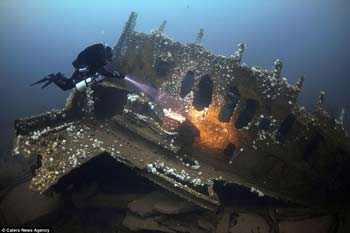
Divers explore the wreck in 235-feet of water. Credit: U.S. Navy
Side note: After the war, the British government gave the Holland America Line 60,000 tons of steel as compensation for the loss of their valuable vessel. The company put it to good use building a fleet of freighters. In 1921 it ordered another SS Statendam, a 28,291 ton cruise liner which was fancier than the one that was lost. Construction dragged on until 1929, but upon completion it met the company’s high standards for reliability, exemplary design and seaworthiness.
Author: Ellsworth Boyd
Ellsworth Boyd, Professor Emeritus, College of Education, Towson University, Towson, Maryland, pursues an avocation of diving and writing. He has published articles and photo’s in every major dive magazine in the US., Canada, and half a dozen foreign countries. An authority on shipwrecks, Ellsworth has received thousands of letters and e-mails from divers throughout the world who responded to his Wreck Facts column in Sport Diver Magazine. When he’s not writing, or diving, Ellsworth appears as a featured speaker at maritime symposiums in Los Angeles, Houston, Chicago, Ft. Lauderdale, New York and Philadelphia. “Romance & Mystery: Sunken Treasures of the Lost Galleons,” is one of his most popular talks. A pioneer in the sport, Ellsworth was inducted into the International Legends of Diving in 2013.
1 Comment
Submit a Comment
All Rights Reserved © | National Underwater and Marine Agency
All Rights Reserved © | National Underwater and Marine Agency
Web Design by Floyd Dog Design
Web Design by Floyd Dog Design
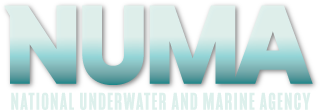
I loved Your books!!!